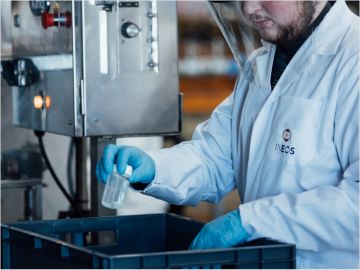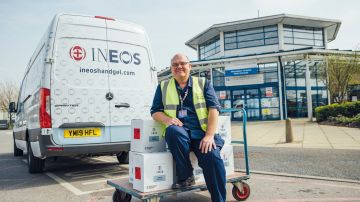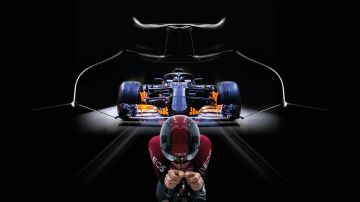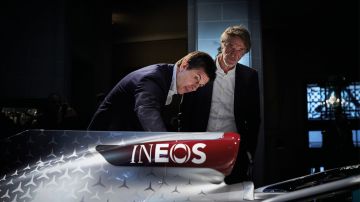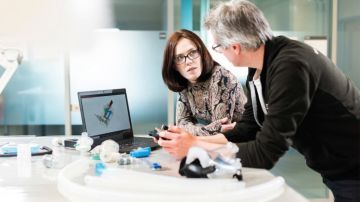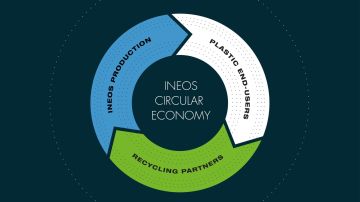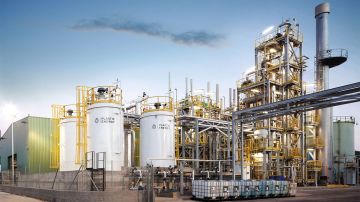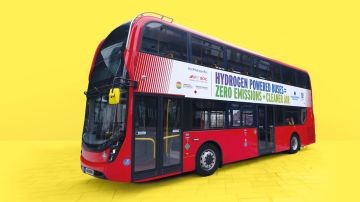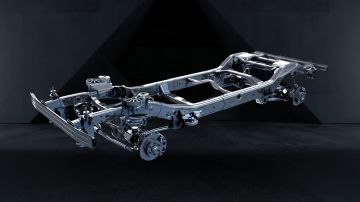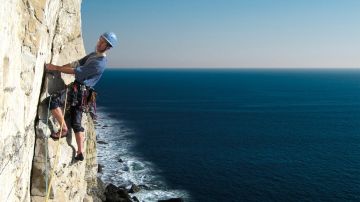INEOS is building a super-strong 4x4 that's capable of getting the job done no matter how punishing the conditions. The world now knows that.
What it doesn’t know is what the new Grenadier will look like. That burning question, though, is one which INEOS will seek to answer this year.
Over the next 12 months, it will be revealing sections of the 4x4 for the very first time - bit by bit.
INEOS is creating the ladder frame in partnership with a highly-experienced vehicle manufacturing company that has a proven pedigree of making ladder frames that can tackle the toughest environments.
And it has partnered with Carraro, which has a long history in building tough 4x4 vehicles, to develop the front and rear axles.
View Video: ineosgrenadier.com/reveal/frame-axles
LADDER FRAME
A proper off-road 4X4, made to tackle the toughest terrain, needs a box-section ladder frame. So why would we choose anything else? Super strong, rugged, simple and stable.
SERIOUS TOWING CAPABILITY
A stable platform. Balanced load distribution. 3.5 tonne capacity.
MULTI-LAYERED ANTI-CORROSION PROTECTION
Able to withstand water, snow, road salt or sand.
PURE STRENGTH
Trees, rocks, or termite mounds. Contact that might stop a unibody SUV shouldn't stop the Grenadier.
SUPERB RIGIDITY
High-tensile steel for torsional strength. Up to 4mm wall thickness. Able to withstand high levels of stress under load.
BEAM AXLES
Beam axles belong on the Grenadier. And there are lots of reasons why. Since the first ever 4X4s appeared, beam axles have proven to offer better ground clearance, articulation and load carrying ability than independent suspension. They’re simpler and easier to fix. With the greatest strength and all round off-road capability.
IMPROVED RIDE COMFORT
In combination with the suspension, beam axles offer better ride comfort on the harshest terrain.
TRACTION YOU CAN TRUST
When one end or side goes up, the opposite pushes into the ground for greater grip.
LOAD CARRYING
Traction, braking and tyre wear don’t change as suspension is compressed, compared to independent. Great when carrying heavy loads.
HIGHER GROUND CLEARANCE
Easily clears larger objects when driving across rocky, off-road terrain.
FITTED FRONT AND REAR
Even greater articulation and strength. Robust constant velocity joints.
The road to a new future?
INEOS is determined to one day build a hydrogen-powered 4x4 that can cope with life in the great outdoors. It has spent the past nine months exploring the best ways to do it without affecting The Grenadier’s ability to survive in the harshest conditions.
“All the work we have done re-affirms our belief that a hydrogen-powered vehicle represents the best solution for developing a zero emission version of a rugged 4x4,” said Antony Walker, Head of Finance at INEOS Automotive.
“We fully intend to press ahead with our developments.”
The feasibility study was funded with a £124,000 grant from Innovate UK.
“It still remains a very long journey from this feasibility study to a fully-fledged, and costed, development programme for a hydrogen fuel cell vehicle,” said Mark Tennant, Commercial Director at INEOS Automotive.
The project began in July last year and has involved engineers from Germany, UK-based procurement, commercial and finance staff and technical experts from project partners AVL Powertrain UK.
INEOS Automotive is uniquely positioned to help develop the infrastructure needed to support hydrogen-fuelled vehicles as currently there are only 16 hydrogen stations in the UK.
It is working closely with INEOS’ chemical businesses, which produce about 250,000 tonnes of hydrogen a year in the UK and Europe from making chlorine and cracking gas and oil.
INEOS currently uses most of it but believes hydrogen could be more widely used to help clean up the air in towns and cities where pollution is a problem.
“There has been a significant global shift towards a low carbon economy, and the automotive sector presents a major opportunity to reduce emissions,” said Antony.
The beauty of hydrogen is that when used as a fuel, it produces only water that’s so pure you could drink it.
And filling a tank is almost as quick as refilling it with petrol and diesel.
Electric vehicles are currently being presented as alternatives to petrol and diesel. But they are heavy, the batteries don’t last long and they take hours to recharge.
“These technological shortcomings mean battery-powered vehicles are not currently practical for heavy haulage, construction, and off-road usage,” said Antony.
